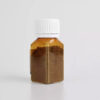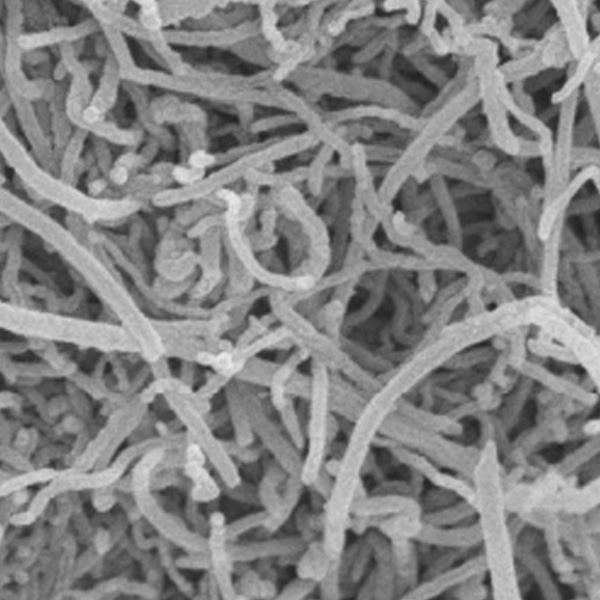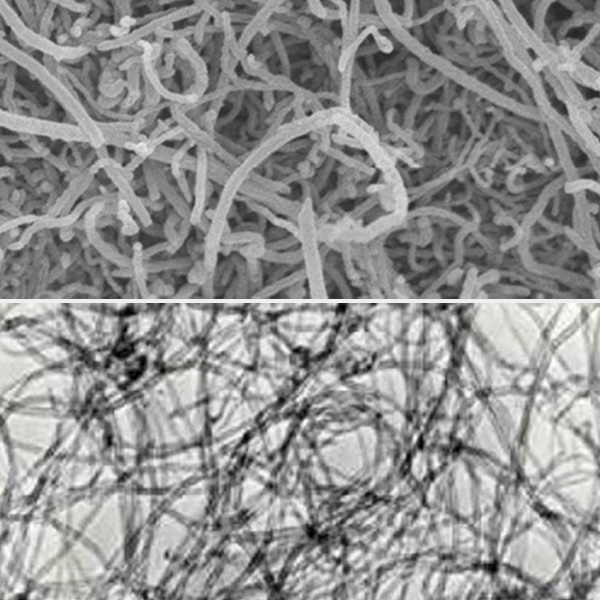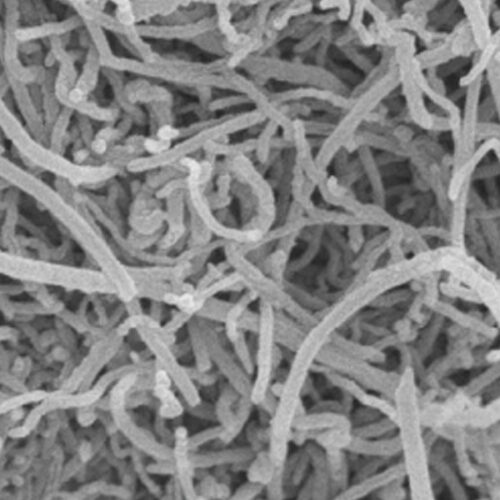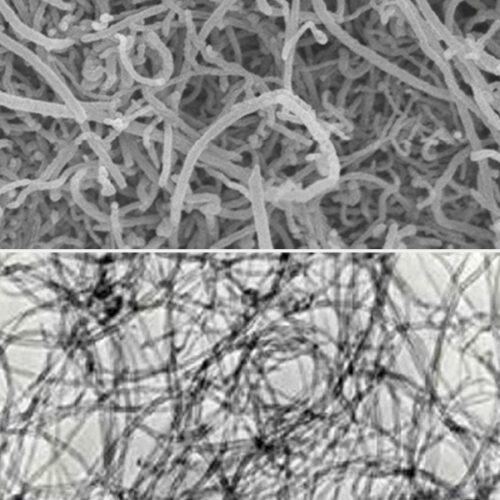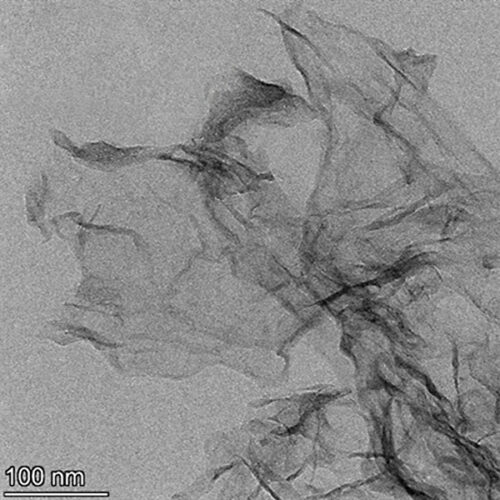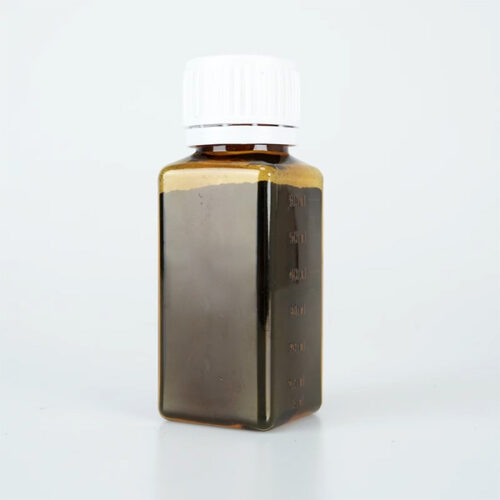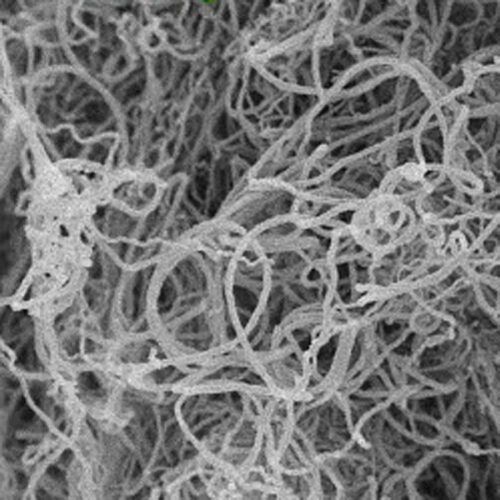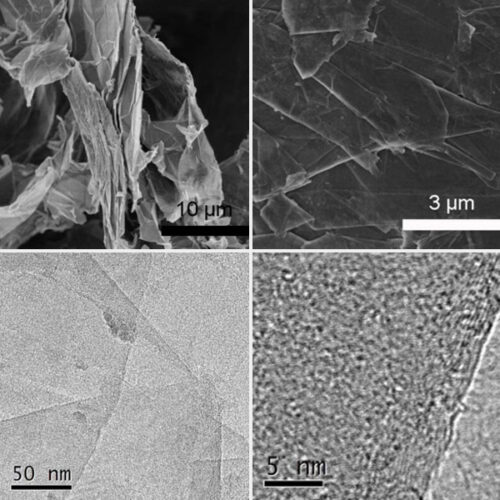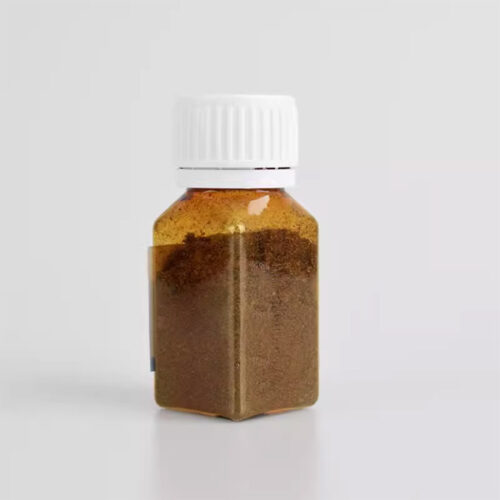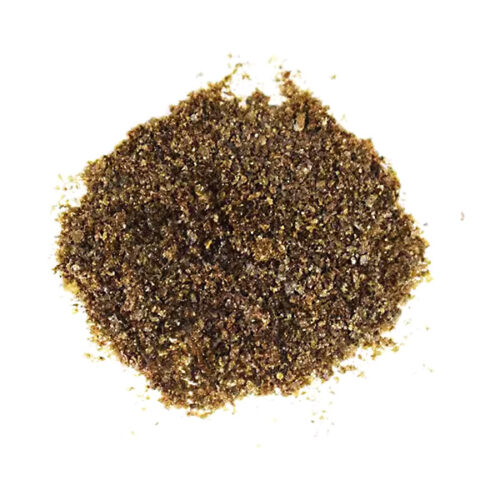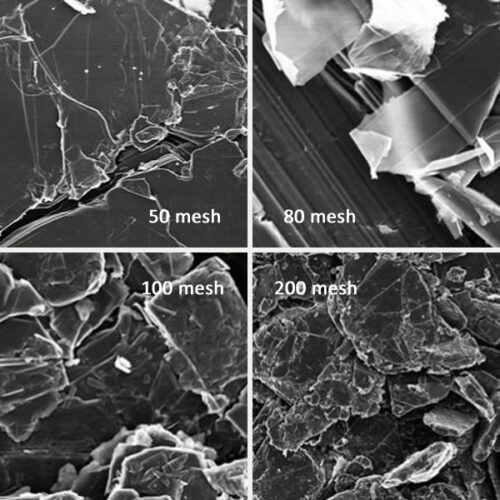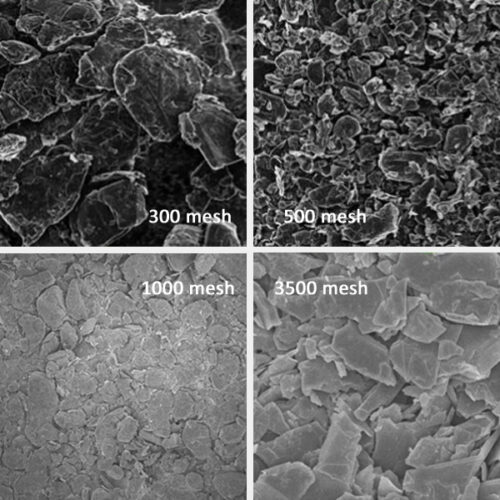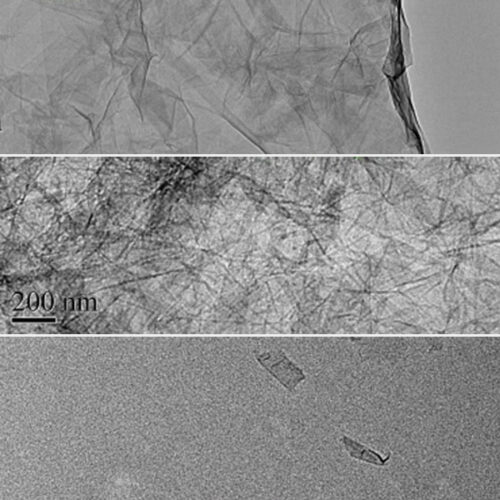Multi Walled Carbon Nanotubes
Introduction:
Multi-walled carbon nanotubes (MWCNTs) consist of multiple layers of graphene arranged concentrically to form cylindrical nanostructures. Each layer comprises a single-atom-thick sheet of carbon atoms arranged in a hexagonal lattice.
The diameters of MWCNTs typically range from about 2 to 100 nanometers, with each additional layer contributing to the diameter.
These nanotubes display unique properties, including high strength, exceptional electrical and thermal conductivity, and a large surface area-to-volume ratio.
Product parameters:
| Product name | Multi-walled carbon nanotubes |
| Purity | >95% |
| Outer Diameter (nm) | 5~15 / 10~20 / 30~50 |
| Length(μm) | 10~30 / 0.5~2 |
| Color | Black |
| Tap density (g/cm³) | 0.22 |
| True density (g/cm³) | ~2.1 |
| Electric Conductivity (s/cm) | >100 |
| Making method | CVD |
Applications:
Polymer Additives:
MWCNTs can be used as additives in polymers to enhance their mechanical and electrical properties, for example, to prepare high-strength, high-conductivity polymer composites.
Catalysts:
MWCNTs can serve as catalyst supports to improve the efficiency and selectivity of catalytic reactions.
Electron Field Emitters:
The excellent electron transport properties of MWCNTs make them ideal materials for electron field emitters used in manufacturing flat panel displays and other electronic devices.
Gas Discharge Tubes:
MWCNTs can be utilized in the fabrication of gas discharge tubes for signal amplification and transmission in telecommunication networks and other fields.
Electromagnetic Wave Absorption and Shielding:
MWCNTs exhibit outstanding electromagnetic wave absorption and shielding properties, suitable for fabricating effective electromagnetic wave shielding materials for electronic devices and communication systems.
Energy Conversion:
MWCNTs can be employed as key components in energy conversion devices, such as electrodes in solar cells and fuel cells.
Lithium Battery Anodes:
MWCNTs are widely applied as anode materials in lithium-ion batteries to enhance energy density and cycling stability.
Hydrogen Storage:
MWCNTs are investigated as materials for hydrogen storage to develop efficient hydrogen storage systems.
Drug Delivery:
MWCNTs can serve as carriers for drug delivery, improving the bioavailability and targeted delivery of drugs.
Sensors:
MWCNTs can be used to fabricate highly sensitive and selective sensors for detecting environmental pollutants, biomolecules, and more.
Nanoprobes:
MWCNTs can be utilized as materials for nanoprobes in techniques such as scanning tunneling microscopy (STM), atomic force microscopy (AFM), and electrostatic force microscopy (EFM).
Nanolithography:
MWCNTs are being researched as mask materials for nanolithography to fabricate nano-scale devices and structures.
Nano-Electrodes:
MWCNTs can be used to prepare highly sensitive and stable nano-electrodes for applications in electrochemical sensors and biosensors.
Reinforcement in Composite Materials:
MWCNTs can serve as reinforcement materials to enhance the mechanical and electrical properties of composite materials.
Supercapacitors:
MWCNTs are being studied as electrode materials for supercapacitors to develop high-energy-density and high-power-density energy storage systems.
Specification:
Our standard packaging sizes include 5g, 10g and 50g.
We also provide MWCNTs in various lengths and specifications. Please contact us for more detailed information.


